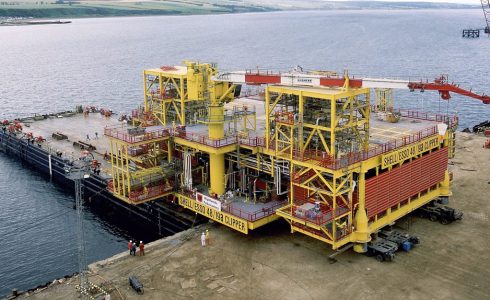Checks for conformity by measuring, observing, testing, or gauging the relevant parameters of an item. (Generally carried out without dismantling) alongside with the combination of technical administrative and managerial actions during the life cycle of an item, intended to retain it in, or restore to a state where it can perform its intended function through repair is seen as a critical aspect of subsea engineering to ensure productive offshore operations.
Design of subsea equipment follows appropriate industry codes and standards (depending on which equipment is being designed) to define the loads (working conditions) that each subcomponent, component, and the entire equipment as a unit shall be subjected to, and checks based on experience and experiments to avoid failure of the equipment while controlling cost.
Critically the primary functionality of pressure containment, electrical and hydraulic connectivity to the topside, and resistance to various failure modes are the main drivers of subsea equipment design.













